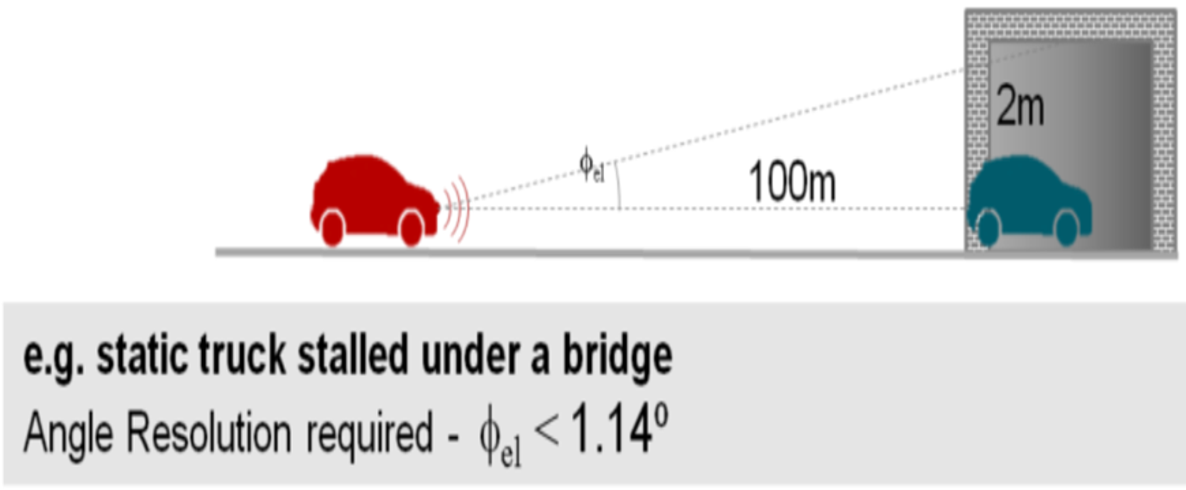SPRY346 March 2022 AWR1843 , AWR1843AOP , AWR2243 , AWR2944 , IWR2944
Imaging radar vs. lidar
In current driver assistance systems, primary safety measures such as automatic emergency breaking (AEB), autonomous emergency steering (AES), automatic cruise control (ACC) and forward collision warning (FCW) are considered basic features and mandated per regional NCAP regulations. As development in ADAS continue, car safety ratings are including more and more ADAS and crash avoidance technologies. The performance of safety measures such as AEB, AES, ACC and FCW depends on the type and complexity of sensors used. Original equipment manufacturers (OEMs) and Tier-1 suppliers are paying very close attention to the sensor suite they choose for these functions, specifically ensuring that radar sensors meet the stringent requirements that NCAP tests require. Traditionally, pedestrian avoidance, lane-change warnings, auto-braking solutions and adaptive cruise control applications use lidar.
Automotive lidar sensors use light as a transmission source. The integration of lidar sensors enables the detection of objects nearly 200 m in front of the vehicle. High cost is a primary concern when using lidar, however. Recalling Table 1, vision and radar sensing modalities can cost-efficiently address requirements to autonomy level 3+, while level 4 and beyond may require all three sensing modalities.
A sensor configuration in which multiple TI AWR2243 mmWave sensors are cascaded together enables imaging radar by operating synchronously as one unit, with many receive and transmit channels to significantly enhance the angular resolution as well as the radar range performance. When cascaded together, mmWave sensors can reach an extended range of up to 400 m using integrated phase shifters to create beamforming.
A common use case that highlights the advantages of imaging radar sensors is their ability to identify static objects in high resolution as shown in Figure 4. The typical mmWave sensor has high velocity and range resolution, which enables it to easily identify and differentiate between moving objects, but it is quite limited when it comes to static objects.
 Figure 4 An imaging radar’s ability to
differentiate and identify static objects.
Figure 4 An imaging radar’s ability to
differentiate and identify static objects.